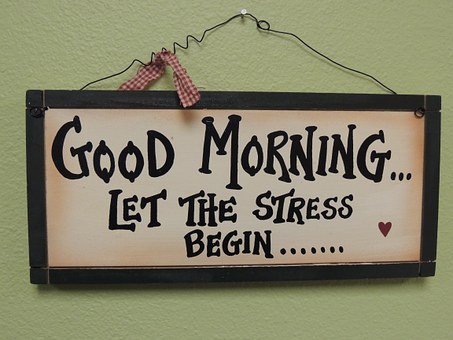“Companies are in a talent war. It’s a race to get the best candidates quickly since unemployment rates are lower than they’ve been in years.”
“The days of employees being thankful just to have a job are over and likely will not return for a while. Instead, the onus is on employers to cultivate and appreciate talent.”
“With the labor market as tight as it is, employers would be wise to do everything in their power to retain exceptional employees while simultaneously recruiting strong candidates.”
Business media contain similar quotes on today’s low unemployment situation. As an employee engagement advocate, you’d think I’d be excited about the flurry of attention given to employee recruitment and retention. But I’m not.
Reactive engagement
In the current economy, company execs concerned with repositioning their employer brands to be more attractive for recruiting purposes and/or seeking to hold on to their employees have re-discovered employee engagement. “We need qualified employees who want to work here and not jump ship for other opportunities. So what can we do now to engage them given the tight labor market?”
Here’s what bothers me about this situational response. Reactive engagement isn’t sustainable — particularly when applied as a short-term solution by short-sighted executives. Because what happens when the economy cycles back to high unemployment? That’s when these same execs revert to treating their employees as commodities, and management’s message changes from “What can we do to keep you here?” to “You’re lucky to have a job!”
Engagement matters regardless of the unemployment situation
Even when unemployment rates go up, companies need to invest in employee engagement, development, and retention. Because high unemployment also means reduced consumer spending; i.e., when fewer people are working, they tend to spend less. So even though companies might enjoy a “buyers market” when it comes to employees, they have to work harder to compete for customers. And to effectively attract and retain customers, you need highly engaged employees.
“If your employees don’t feel valued, neither will your customers.” Sybil F. Stershic











